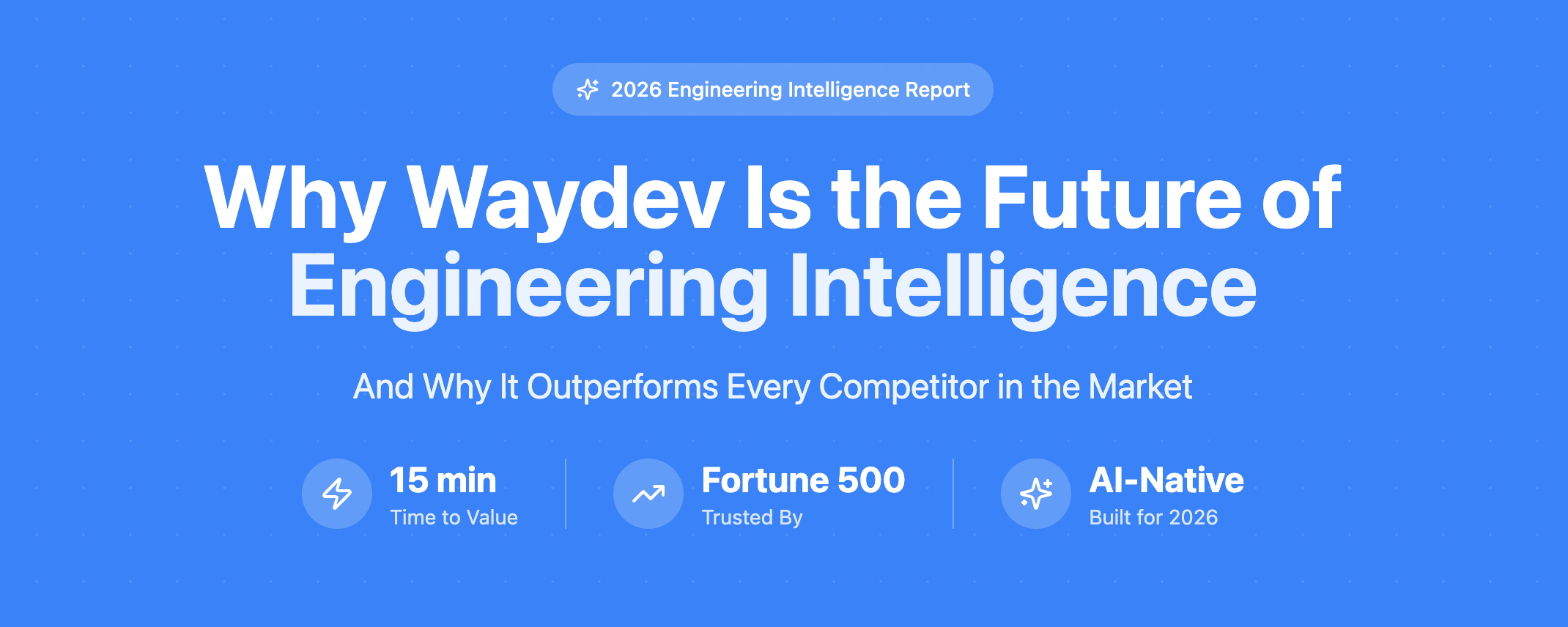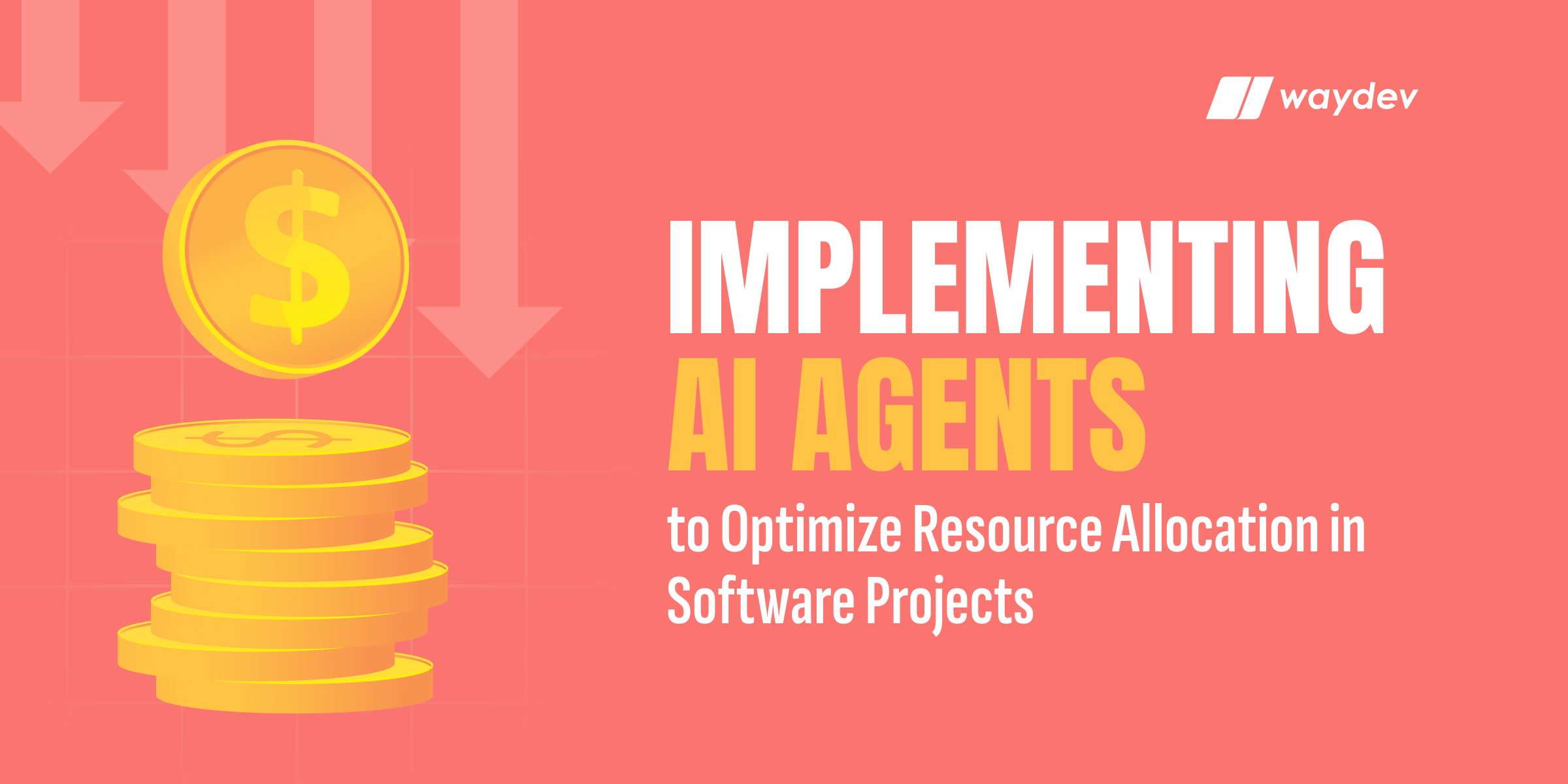Keeping the lights on has always been a quiet burden inside engineering teams. It is the invisible work that keeps systems stable and customers happy, but it rarely gets celebrated. In a world where AI driven development accelerates delivery, KTLO has become even more important because the cost of ignoring it can snowball into outages, blocked teams, and product delays.
Today’s leaders need a clear way to track, manage, and optimize KTLO across distributed teams. This is where modern Engineering Intelligence changes the game. With tools like Waydev, leaders get a real time view into how much engineering capacity is going into forward progress versus maintenance, rework, and firefighting.
Below is a practical guide for understanding KTLO and running it with clarity.
What KTLO Actually Means Today
KTLO covers the recurring operational work needed to keep systems functioning. It includes tasks like:
- Fixing production issues
- Troubleshooting performance problems
- Responding to incidents
- Maintaining infrastructure
- Managing technical debt
- Keeping services updated and secure
In the past these tasks were tracked manually or left to team intuition. The result was guesswork, hidden backlogs, and the constant feeling that product delivery was slower than it should be.
Modern teams treat KTLO as measurable work, not a mystery.
Why KTLO Can Hurt Velocity If Leaders Ignore It
When leaders do not track KTLO properly, three things happen:
- Roadmaps slip because teams are pulled into reactive tasks.
- Developers burn out when they juggle feature work with endless maintenance.
- Executives lose visibility into where the engineering budget is going.
Without visibility leaders end up debating opinions instead of managing facts. This is exactly the gap that Engineering Intelligence solves. Waydev gives leaders a breakdown of new work vs. KTLO, rework, and churn so decisions are based on real data.
The Three Types of KTLO to Track
1. Reactive KTLO
This is work triggered by incidents, bugs, outages, and emergency tasks. It has the biggest impact on morale and productivity because it interrupts everything else.
2. Planned KTLO
This includes scheduled maintenance, library updates, security patches, and infrastructure tasks. It is predictable and can be budgeted like any other workstream.
3. Strategic KTLO
This is long term effort to reduce technical debt, refactor fragile areas, and improve reliability. It is the difference between engineering that survives and engineering that scales.
High-performing teams know how to balance all three.
How Leaders Should Structure KTLO
Set a KTLO capacity target
Most strong engineering orgs keep KTLO under 30 to 40 percent of total work. Waydev provides the exact numbers based on commit activity, review cycles, and ticket data so leaders can set realistic thresholds.
Track the right signals
Metrics that matter most:
- Time spent on reactive work
- Volume of rework
- Incident frequency
- Time to restore service
- Percentage of work in new value creation vs. maintenance
Waydev pulls these from systems developers already use like GitHub, GitLab, Jira, Azure, and AI coding assistants.
Protect long term work
Teams often sacrifice strategic KTLO because urgent tasks always win. Leaders need to create protected time for paying down debt so the system does not collapse later.
Rotate responsibilities
Shared on call rotations and workload distribution prevent burnout and increase knowledge across the team.
The Role of AI Driven Engineering Intelligence in KTLO
As organizations adopt tools like GitHub Copilot, Cursor, Claude Code, and Windsurf, forward delivery speeds up. However KTLO can still bottleneck productivity. Engineering Intelligence fills this gap by revealing how AI driven development is impacting:
- Cycle time
- Review quality
- Bug creation
- Rework rates
- Developer load
Waydev unifies all AI metrics in one page so leaders see how much KTLO has shifted since AI adoption. Many companies that used only one AI tool six months ago now rely on three or four, which makes visibility even more critical.
1. Automate the repetitive parts
Automate tests, monitoring, deployment, and alerts. Every manual step adds to KTLO.
2. Fix the root cause, not the symptom
If the same type of ticket appears repeatedly, you have a structural problem, not a support task.
3. Use data to prioritize technical debt
Waydev highlights hotspots, code risk, and areas with high rework so leaders know where investment creates the biggest impact.
4. Improve code review discipline
A healthy review culture catches issues before they become KTLO.
5. Give teams dedicated blocks for cleanup
Short weekly or biweekly cleanup windows prevent runaway debt.
The Future of KTLO in an AI Accelerated World
Engineering teams are moving faster than ever. AI coding tools have amplified output, but KTLO remains the anchor that keeps everything stable. Leaders who treat KTLO as a first class citizen will ship faster, reduce stress, and create a predictable engineering environment.
With platforms like Waydev, KTLO becomes visible, measurable, and manageable. Instead of arguing about where time goes, leaders get a clear picture of how to optimize capacity and drive growth.
Schedule a demo call with Waydev










